The Missing Piece of Your Dream Home: The Challenges of Planting on Freshly Constructed Ground
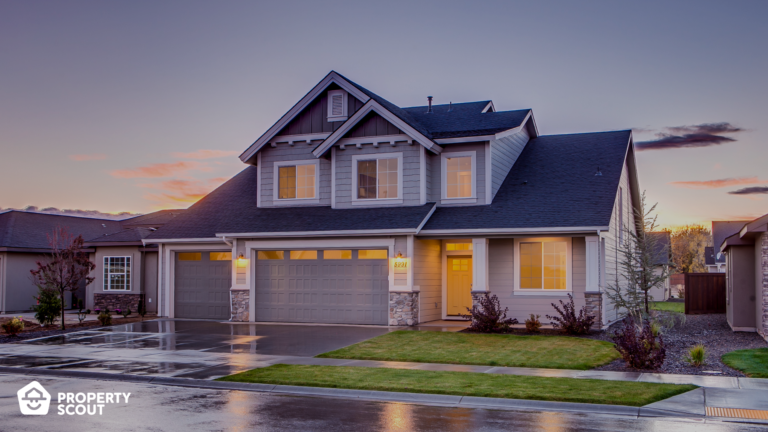

For new homeowners who envision lush gardens and flourishing trees on their recently acquired property, the reality of barren soil can be disheartening. Despite their best efforts, seeds fail to sprout, and once-promising plants wither away. In this blog post, we delve into the enigmatic world of new home gardens, exploring the reasons behind the struggles faced by homeowners when trying to cultivate their own green oasis. Join us as we uncover the secrets hidden within the soil of newly constructed houses and seek solutions to transform these lifeless patches into thriving gardens.
Why Aren't Trees Thriving in the Soil of a Newly Purchased House?
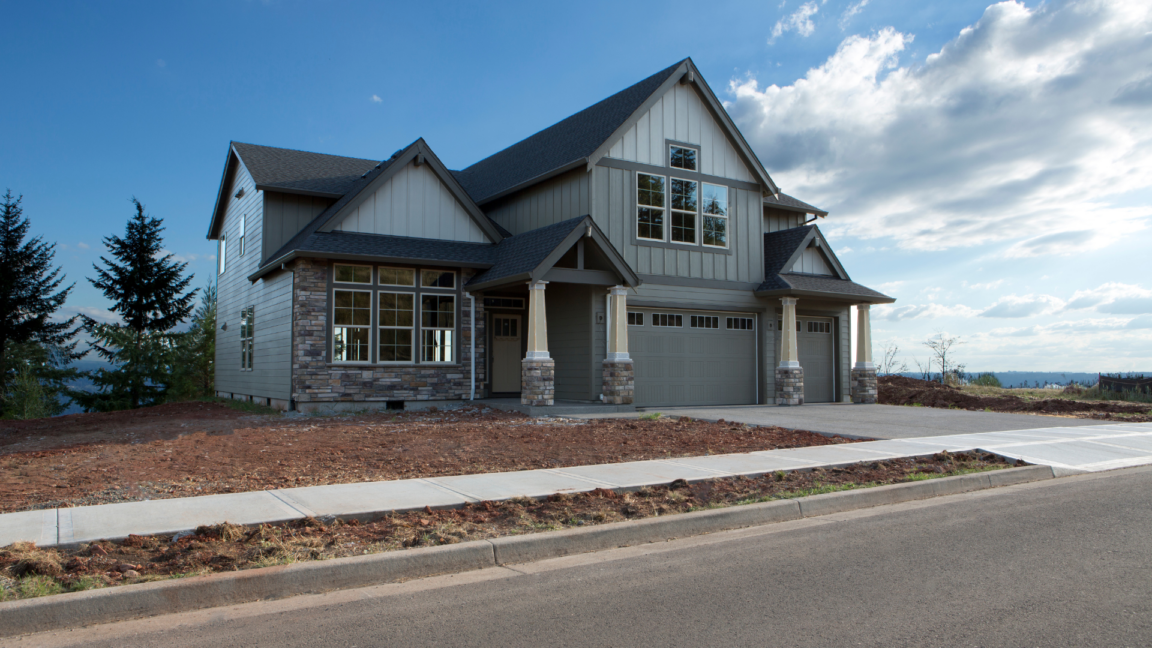
When it comes to newly purchased houses, whether it's a self-built home on purchased land or a property in a planned development, planting trees can be a challenge. Let's explore the reasons behind the struggles homeowners face when trying to cultivate trees and gardens on freshly constructed soil. Here are the different soil types used in filling and how they can impact successful tree growth:
- Clay soil: It has a compact, solid layer beneath the surface and is predominantly fine-textured and poorly draining. Not suitable for cultivation but commonly used for filling due to its good compaction properties.
- Sandy soil: It has low cost but is prone to soil erosion and lacks water retention capacity.
- Gravel soil: It is excessively dry and compact, found in gravel layers, subsoil, or bedrock below 50 centimeters from the surface. It is a sandy or sandy-loam soil with the presence of gravel, pebbles, or stone fragments. It has low fertility, posing challenges for plant growth and unsuitable for cultivation due to its excessive dryness.
- Loamy soil: It is a fine-textured soil that has good water retention and drainage properties. It is easily obtainable, has fine texture, and is cost-effective. It is commonly used for filling in Bangkok and its metropolitan area.
- Topsoil: It is the uppermost layer of soil, ranging from 0 to 0.5 meters deep, or sometimes deeper. It is characterized by its black color and is the most suitable soil type for planting trees as it contains a high amount of essential plant nutrients. However, it tends to be expensive compared to other soil types.
Preparing your soil for the planting

Typically, when filling land for residential construction, expensive topsoil is not commonly used. As a result, after purchasing a house, it generally takes 3-5 years for the soil to adjust before it becomes suitable for tree planting.
Specifically, sandy soil or certain projects may use leftover cement or bricks for filling. If that's the case, it may take longer than usual. Now, if we want to expedite the tree planting process or accelerate soil improvement on our property, what can we do? Or for homeowners who have already planted trees and notice slow growth over time, how can we address this issue?
Replace the poor-quality soil
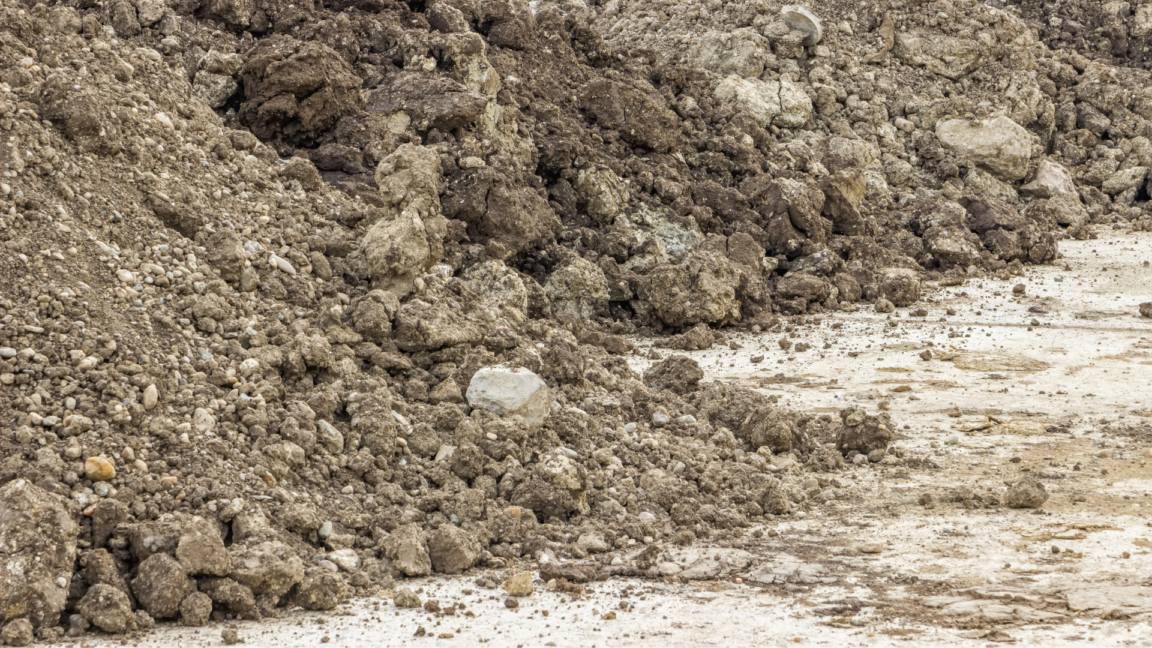
The most efficient method to rapidly improve soil for planting is by replacing unsuitable soil, such as sandy soil, construction debris, or compacted clay, with nutrient-rich soil that is ideal for planting. It is advisable to focus on replacing soil only in the specific areas where tree planting is intended, rather than undertaking a complete replacement, to minimize unnecessary costs.
Acidic Soil (Acidic pH)
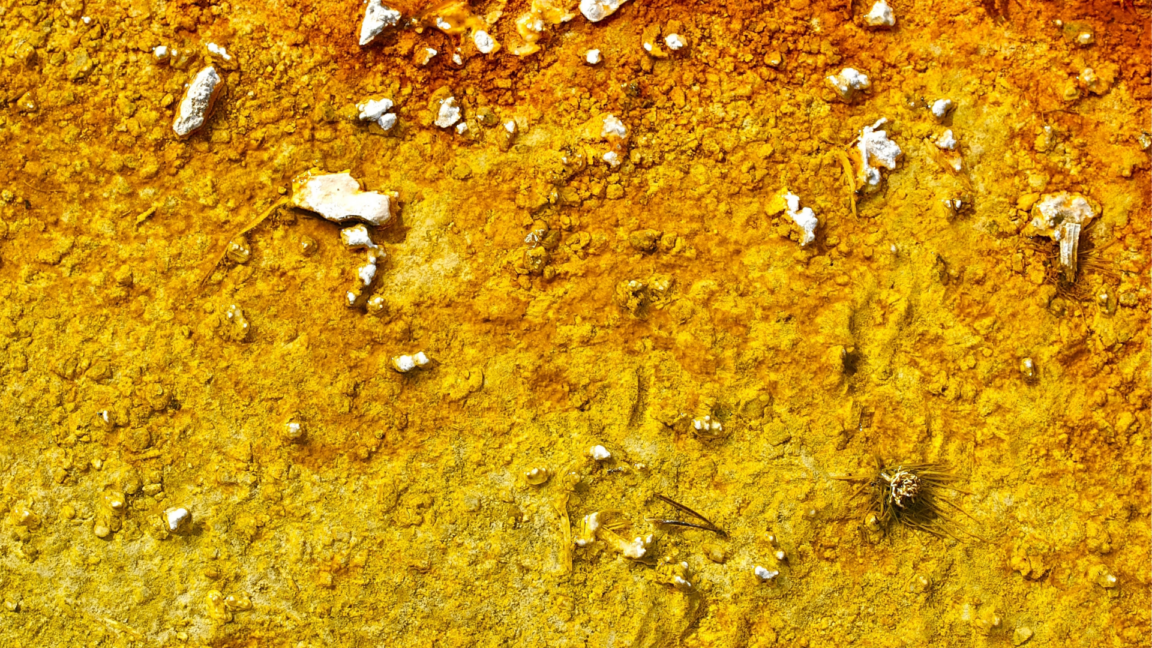
In situations where trees exhibit slowed growth, reduced productivity, or signs of wilting and dehydration, it can be speculated that the soil has become acidic. However, there is no need for excessive concern as soil acidity can occur naturally. It may result from nutrient leaching caused by rainfall or plants themselves absorbing alkaline nutrients and releasing acids.
The remedy for acidic soil involves applying agricultural lime or marl to the soil. The exact quantity depends on the degree of soil acidity, but typically ranges from 100 to 300 kilograms per hectare. Another approach is to incorporate organic matter into the soil to enhance nutrient absorption. Mulching can also be implemented to retain moisture and safeguard the soil surface.
Use Worms
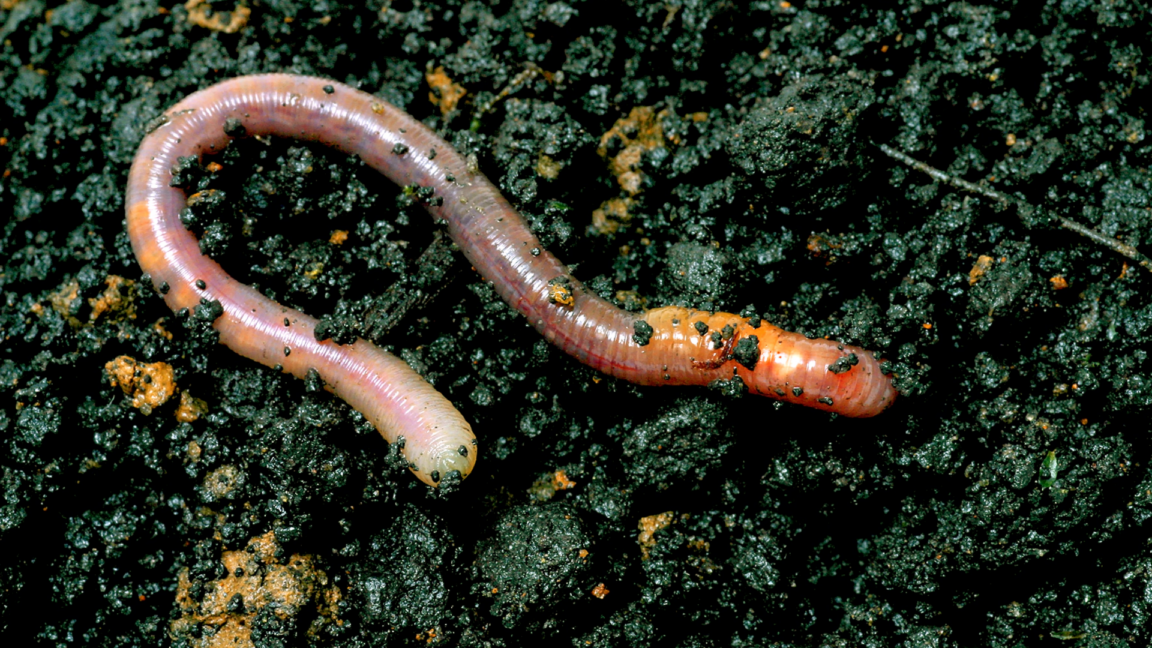
When soil undergoes degradation, it can suggest an incomplete environmental cycle within the soil. This is often the case with backfill soil, as it generally lacks nutrients and living organisms. To restore the soil to a suitable condition for cultivation, it is recommended to introduce aids such as earthworms. These organisms play a crucial role in soil aeration, enhancing water drainage, and improving nutrient availability.
Organic materials to aid soil rejuvenation

Considering soil as a natural resource, employing natural materials to address its challenges can yield substantial benefits. In instances where the soil lacks nutrients and is ill-suited for plant cultivation, organic fertilizers like compost, manure, or the addition of materials such as leaf litter, clay, or straw can be employed to enhance the soil's suitability. These materials contribute to improving the soil's condition. For individuals with limited time, this approach can be implemented by evenly distributing the aforementioned materials over the soil surface and gently incorporating them. Over time, the soil will gradually ameliorate its condition autonomously.
And Finally, let the planting begin!
By following the recommendations provided by PropertyScout, homeowners can significantly reduce the time required to restore newly constructed soil and create the garden or lush landscape they desire. Implementing these methods expedites the rejuvenation process, allowing everyone to quickly embark on planting trees, designing their dream garden, and finding blissful relaxation right in the comfort of their own home. Get ready to fast-track your journey towards a flourishing oasis!



